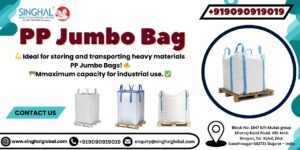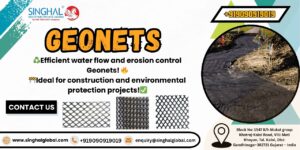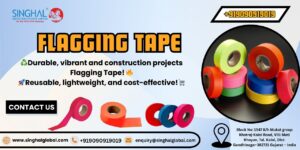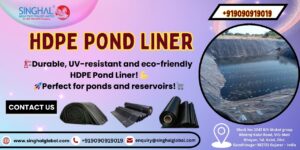Polished HDPE is readily achieved and has strong resistance properties, compressive strength, durability, and pressure. Tank liner is one of the most common uses for HDPE sheets.
What exactly is marine-grade HDPE?
Marine-grade HDPE is designed to fulfil the unique needs of the ocean and other outside situations. Individual postproduction therapy can improve its resistance to seawater, dampness, and direct sun impacts. This substance, like standard HDPE, has high strength and stiffness and good strength properties, energy dissipation, resistance to abrasion, and tension resistance to cracking. Marine-grade HDPE features a beautiful, matte texture that does not reveal wear, grime, or scrapes and comes in a choice of shades, in contrast to its resistance to maritime and other outside conditions. Since marine grade HDPE is created as a single extruded, it is assured not to deform during the end-service company unit.
Why is HDPE an excellent material for watercraft?
When you’re out on the waters, you should be confident in your craft’s ability to withstand weather changes. High-density polyethylene (HDPE) is a form of a polymer sheet that is mainly suitable for sea utilisation. For its non-slip texture, HDPE is the most preferred type of polypropylene marine plastic. It is commonly used for wet adhesion on sidewalks, staircases, and other places.
Here’s further data on HDPE plastic sheets’ possible applications and advantages.
HDPE materials should be used in place of wood docks and dock bumpers.
Wood has been the best material for docks and bumpers for years. This was primarily because this was widely obtainable, premium, and simple for modest building projects such as docks. Yet, it is commonly called that hardwood and water do not mix well. Also, when preventive varnishes and coverings are placed on the surfaces, the material remains susceptible to bending and decay.
When immersed in water, HDPE, on the other hand, does not retain moisture or lose energy. It can resist years of pounding from storm surges without warping or deterioration. This eventually saves you time on servicing and allows you to keep your property in excellent condition for as extended as feasible. As a result, you can easily use it to build ports and dock bumpers using a procedure similar to that of constructing with wood.
HDPE could be used to substitute any timber that has deteriorated due to the elements.
Docks are visibly prone to possible water leaks because they are always partially immersed in water. High humidity, however, can affect facilities that aren’t immediately in a waterbody. Any outside construction that isn’t covered or shielded from the weather is prone to water harm.
This encompasses barns, pergolas, and other outside facilities that may be vulnerable to rainfall. However, it can also incorporate marine characteristics such as boating trim, railings, and hatches. These structures, particularly those near a body of water, are usually subject to plenty of moisture to induce deterioration in wood or metal parts over time. HDPE gives the sturdiness and simplicity of use that you seek in construction material and the resilience and lifespan that wood and metal cannot provide.
Rust & decomposition may be avoided if you take precautions.
Now let’s study some of the most typical issues when traditional construction components are exposed to water for extended periods. First, there’s decay. This happens whenever the wood is constantly exposed to water or is exposed to extreme settings. Water is necessary for the radioactive processes of wood. That is why hardwood mulch and other substances are applied over moist soil; they decompose and give natural material to the soil. Yet, when the wood is used in a building to give support or maintain its definite form, contact with water can cause a considerable loss of strength, resulting in safety issues or the structure collapsing.
But it’s not just wood constructions that are susceptible to deterioration when added to moisture or elevated amounts of moisture. Rust is another major issue that is more prevalent in locations with a lot of dampness. It is an elemental form process that occurs with practically all treated or produced metals throughout time. Contact with water, on the other hand, hastens the process. Essentially, the iron reacts with oxygen in the liquid. That oxygen enables polished or treated metal to return to its most steady position, typically oxidation or sulfide. This leads the metal to tarnish, which produces cosmetic concerns and can potentially lose power over time.
It would help if you didn’t have to be concerned about one of these difficulties while using HDPE. Because the substance is man-made, it undergoes no natural degradation or oxidation when exposed to the weather. It can remain in its original form for years without losing shape or strength. As a result, it’s suitable in a wide range of conditions, but it’s especially useful in regions where typical construction materials like wood or metal have difficulty.









